How to Prevent Cracking
Since we know the most common causes of cracking, there are many good options for preventing this deformity. These include soil amendments, strategic placement, planting resistant cultivars, and timely watering.
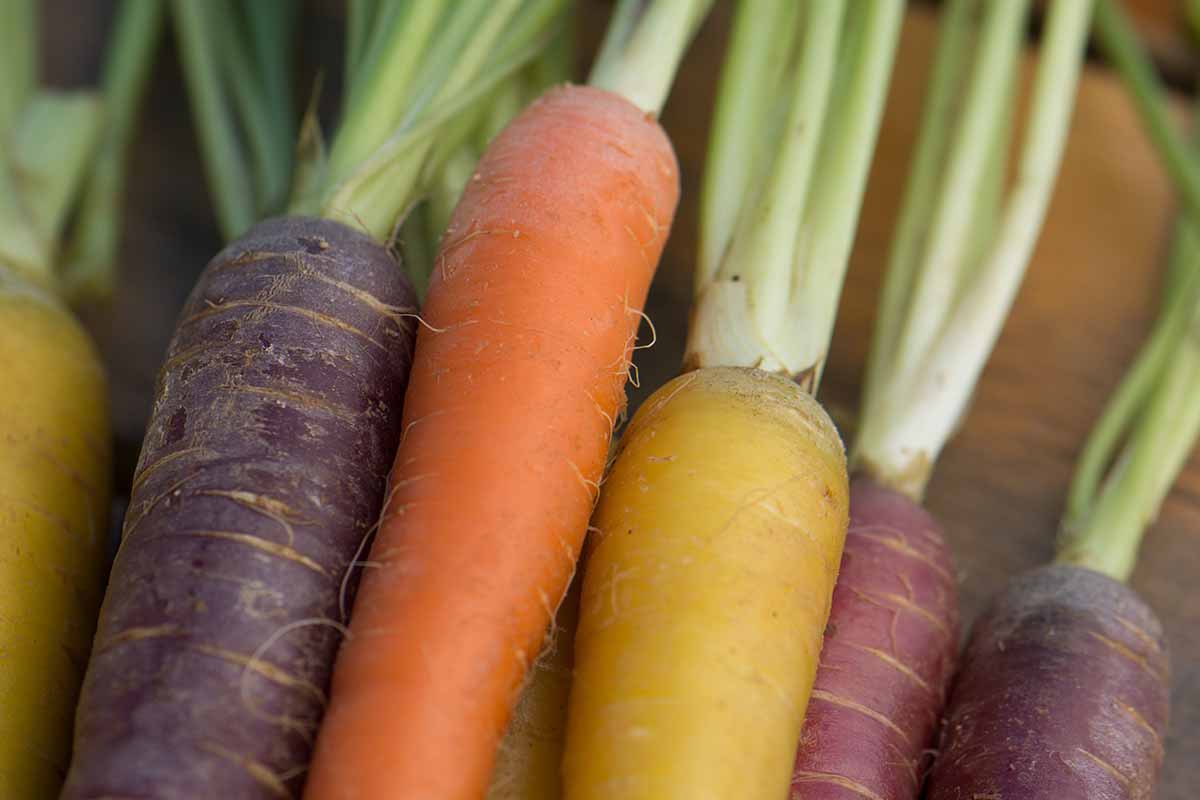

If you harvest cracked carrots, you can’t fix them. But you can learn from your mistakes and figure out what likely caused the problem. First, take a look at the soil.
Start with Soil
Soil that contains plenty of organic matter, as opposed to overly sandy or clay soil, has a friable texture that is more conducive to growing healthy carrots.
Loamy soils are also best for maintaining consistent moisture levels, and are most conducive to growing vegetables without deformities.
Amending with compost is often the best way to improve soil texture. Even household materials like coffee grounds and eggshells can be used as soil amendments or broken down in homemade compost and added later.
If you want to start your own compost pile, check out our detailed guide.
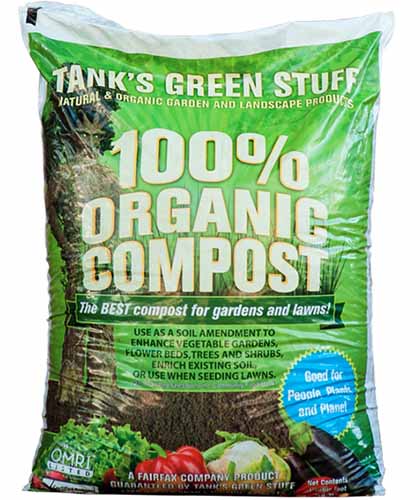

Tank’s Green Stuff Organic Compost
Something like Tank’s Green Stuff organic compost from Arbico Organics is a great option to amend your soil if you prefer to purchase something ready-made!
Select Crack-Resistant Cultivars
Some cultivars are simply more likely to crack than others. For example, long varieties are more likely to split while ball-shaped or miniature cultivars are more resilient.
Here are a few options that are less prone to splitting:
Autumn King
‘Autumn King’ is a pale orange, sweet option. While crack resistant, these are also quite long, reaching 12 inches in length at maturity. They also have notably long tops that can grow up to 16 inches.
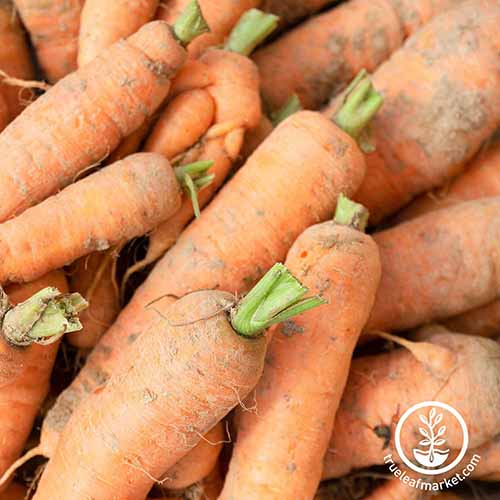

‘Autumn King’
These are cold hardy but sensitive to heavy soil conditions and need to be cultivated in a well-tended bed.
You can find ‘Autumn King’ seeds available for purchase from True Leaf Market.
Caracas
‘Caracas’ are short, with the mature roots only reaching around three inches long and three inches wide. This hybrid variety is also known for being very sweet and easy to grow in containers.


‘Caracus’
You can buy packets of 1000 seeds from Burpee.
Chantenay Red Core
‘Chantenay Red Core’ gets its name from its dark orange to red center. The outside of the carrot is bright orange, giving each slice a distinctive cross section.
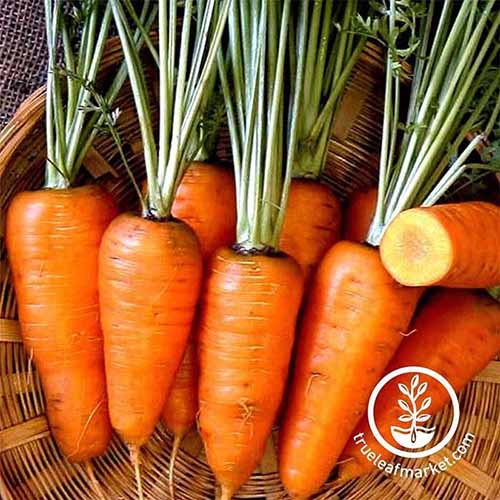

‘Chantenay Red Core’
This variety matures in 60 to 70 days and has a blunt root tip. It’s tender enough to eat raw but also good for cooking.
You can find seeds at True Leaf Market.
Check out our guide to learn more about growing ‘Chantenay.’
Danvers 126
If you’ve grown carrots before, you’ll likely recognize the name of this variety. ‘Danvers 126’ is a split-resistant heirloom cultivar that tolerates heavy soils.
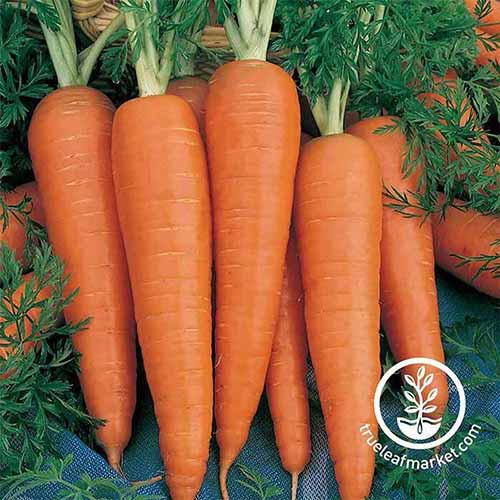

‘Danvers 126’
These are known for their sweet taste and hardiness.
True Leaf Market has these popular heirloom seeds available for purchase.
Learn more about growing ‘Danvers’ in our guide.
Tonda di Parigi
‘Tonda di Parigi’ means “round of Paris” in Italian, and this heirloom cultivar produces shallow, round roots which are both resistant to cracking and suitable for container gardening.
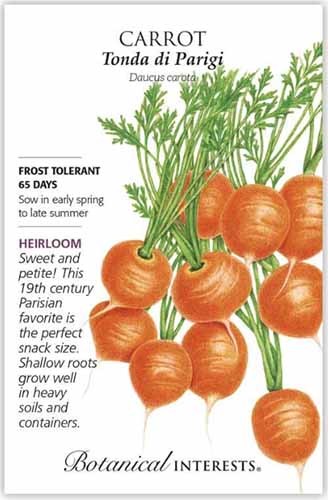

‘Tonda di Parigi’
These vegetables mature in just 65 days and seeds are available in 800-milligram packets from Botanical Interests.
Add Mulch
Mulch is also good for water retention and regulating moisture, which can help to prevent cracking in your carrot crop.
While compost can be used as a mulch, wood chips are one of the most popular options. Straw and autumn leaves are also cost-effective solutions that slowly break down into organic matter that improves the soil.
If you opt to buy mulch, make sure it is recommended for garden use. Some types of commercial hay and straw have been directly or indirectly exposed to herbicides that can damage your plants.
Grow in Containers
If you are growing carrots on a small-scale, you may be able to prevent cracking roots by planting them in containers.

